5th day after embryo transfer
Embryo transfer into the uterine cavity is the final stage of the IVF procedure, which is carried out on the 3rd-5th day after fertilization of oocytes by sperm in laboratory conditions. The period of implantation of the fertilized egg into the endometrium depends on many factors: the quality of the embryos, the readiness of the uterus for conception and the health of the woman, etc. The success of the gestation planning cycle is often attributed to "lucky luck." But in reality, the success of the procedure largely depends on the patient's compliance with the doctor's recommendations.

specialists

equipment

treatment
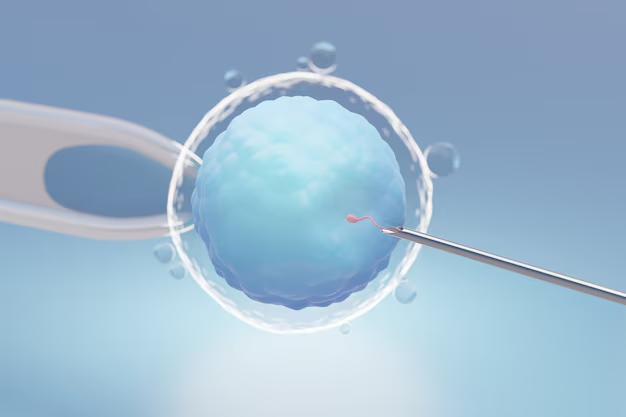
When male and female reproductive cells merge, a diploid cell is formed, which begins to actively divide. First, a blastomere of 6-8 cells is formed, then a morula (16-64 cells), and only then a blastocyst, which is implanted into the uterine wall. Reproductive specialists distinguish three periods of embryo implantation:
- Early - 6 DPO or 3 DPO in case of IVF
- Average - 7-8 DPO or 5 DPO of three-day or five-day embryos in case of IVF
- Late - 10 DPO or 7-8 DPO in case of IVF
Average implantation occurs within 7-8 days after ovulation. In vitro fertilization involves a reproductive specialist collecting a mature oocyte, after which it fertilizes sperm in a laboratory. It takes an average of 3-5 days to grow blastomeres, after which viable embryos are implanted into the uterus. Implantation of a fertilized egg at 5 DPT is a fairly rare occurrence, which in 90% of cases occurs when using five-day embryos.
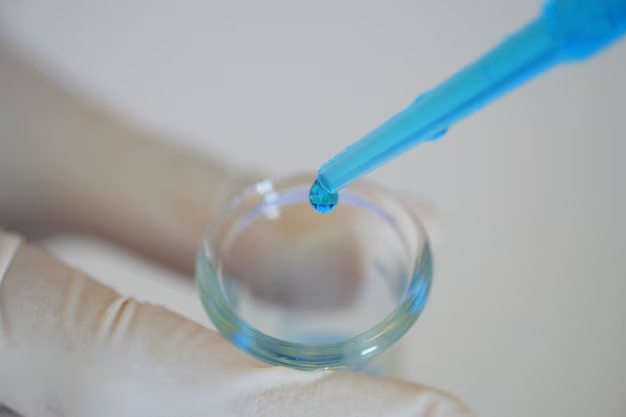
In embryological practice, two methods of implanting embryos into the uterine cavity are used:
- Instant transfer – implanting diploid cells into the uterus immediately after their cultivation in a nutrient medium
- Cryotransfer – transferring embryos defrosted immediately before IVF into the uterine cavity
Cryotransfer is possible if the couple has previously used assisted reproductive technologies for conception. To avoid repeated stimulation of ovulation in case of unsuccessful IVF, it is recommended to freeze some of the fertilized eggs for subsequent attempts.
Conception on the 5th day after cryotransfer does not often occur, which is due to the need for the embryos to undergo an adaptation period when penetrating the female body. In case of blastocyst implantation in the endometrium, patients may experience objective changes in their health.
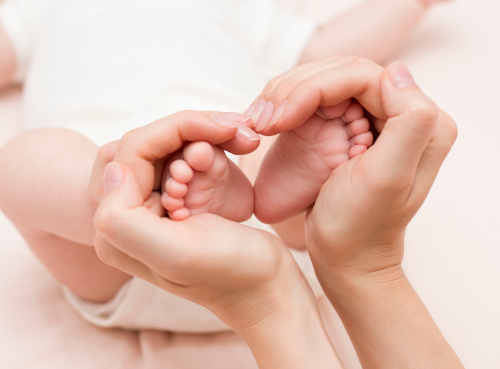
If the IVF protocol is successful, the implantation of embryos into the endometrium occurs according to the following scheme:
- 0 DPT – implantation of blastomeres into the uterine cavity or cryotransfer
- 1 DPT – the embryo leaves the protein shell
- 2 DPT – the blastocyst attaches to the surface of the endometrium
- 3 DPT – the process of implantation of the blastocyst into the uterine mucosa begins
- 4 DPT – the process of implantation of the zygote into the uterus continues
- 5 DPT – implantation is completed
- 6 DPT – the forming placenta begins to produce hCG
- 7 DPT – the content of hCG in the body increases significantly
The above scheme is typical for early implantation of blastocysts into the uterus. If the implantation process occurs on the 5th day of pregnancy, the sensation of pregnancy occurs several days later.
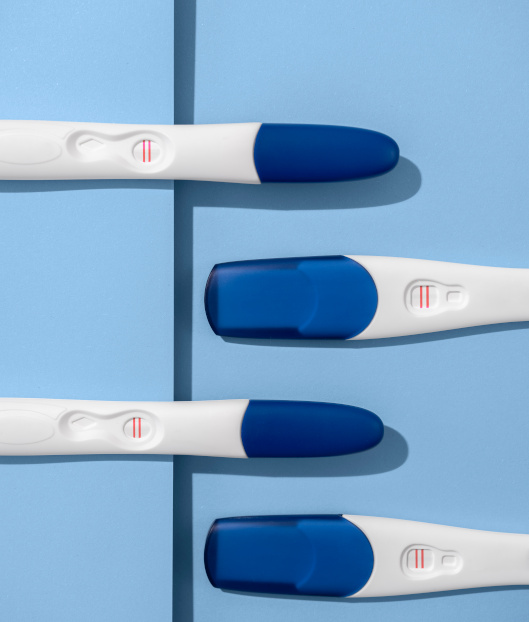
Signs of conception after IVF
After the IVF procedure, many women begin to "listen" to changes in the body to determine whether conception has occurred or not. Many of the sensations they describe are subjective and are more associated with anxiety than with real physiological changes in the reproductive system.
Conventionally, reproductive specialists have divided symptoms after IVF into two categories: subjective and objective. Subjective symptoms include:
- Emotional lability
- Rapid fatigue
- Heaviness in the lower abdomen
- Tingling in the uterus
- Frequent mood swings
- Vaginal discharge
A few days after the embryo transfer, changes may occur that are typical for the beginning of a new menstrual cycle: soreness in the chest, pain in the lower abdomen, nausea, etc. Reproductive specialists warn that if the embryo is successfully implanted in the uterus, they disappear completely and do not interfere with the normal course of pregnancy.
The objective symptoms that occur when the blastocyst is implanted into the endometrium include:
- Increase in basal temperature
- Detection of hCG in the blood serum
- General increase in temperature to 37.2 degrees Celsius
The occurrence of the above-mentioned sensations on the 5th DPO is possible when five-day embryos are transferred into the uterus. Unlike the "three-day embryos", they contain more cells, due to which the period for their subsequent division and transformation from a morula into a blastocyst ready for implantation into the uterus is reduced.
Conclusion
On the 5th day after the final stage of IVF, implantation of embryos into the uterine wall is already possible. This type of implantation is called average, in most cases it occurs when five-day fertilized eggs are implanted. Subjective and objective symptoms may indicate successful conception: heaviness in the lower abdomen, frequent mood swings, increased basal and general temperature. If pregnancy occurs, the body's hCG levels increase, which are produced by embryos after implantation in the uterus.

This award is given to clinics with the highest ratings according to user ratings, a large number of requests from this site, and in the absence of critical violations.

This award is given to clinics with the highest ratings according to user ratings. It means that the place is known, loved, and definitely worth visiting.

The ProDoctors portal collected 500 thousand reviews, compiled a rating of doctors based on them and awarded the best. We are proud that our doctors are among those awarded.
Make an appointment at a convenient time on the nearest date
Price
Other services
Hormone therapy
Radio wave gynecology with the Surgitron deviceLaser therapy using the Photona device
Sling operations Ectopic pregnancy Delayed menstruation Removal of the uterus (hysterectomy) Thrush (vaginal candidiasis) Prolapse of the uterus and vagina Uterine polyp (endometrial polyp) Cervical dysplasia Adenomyosis Treatment of sexual infections Vaginitis (Colpitis) Erythroplakia of the cervix Endometritis Bacterial vaginosis Symphysitis (symphysiopathy) Erosion and ectopia of the cervix Vulvovaginitis Premenopause Uterine artery embolization for uterine fibroids Cervicitis Gynecologist consultation Dysmenorrhea (painful periods) Amenorrhea Removal of the ovaries (oophorectomy) Postmenopausal Sphinctermetry Treatment and intimate rejuvenation with the Fotona laser Adenomyosis (Endometriosis of the uterus) Vulvitis Vaginal surgeries Inflammation of the appendages (adnexitis, salpingo-oophoritis) Labiaplasty (labiaplasty) Bartholinitis Surgery to remove an ovarian cyst Prolapse (prolapse) of the uterus and vagina Hormone replacement therapy (HRT) First menstruation 7 days after embryo transfer Biochemical pregnancy IVF protein diet Follicles Bicornuate uterus and pregnancy Day 9 after embryo transfer 1 day after embryo transfer Age and Fertility 10 days after embryo transfer





















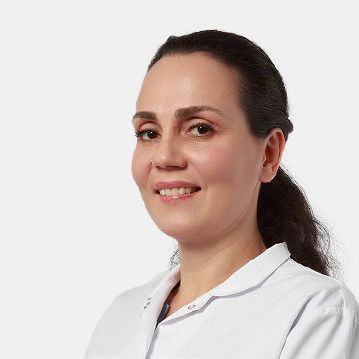




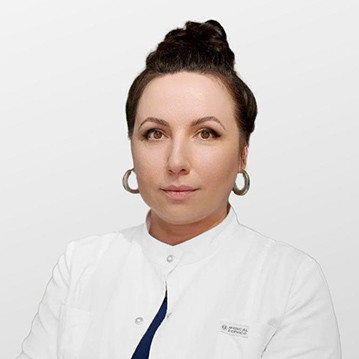















Theory
Penetration of the fertilized egg into the endometrium, which lines the inner surface of the uterine cavity, is called implantation. During the process of implantation into the mucous membrane, the embryo damages soft tissues, which can cause bloody discharge from the vagina. The rate of pregnancy onset on different days after ovulation (DPO) depends on:
On the 5th day after the transfer of embryos, pregnancy is already possible, however, when undergoing the IVF procedure, early implantation is rare. This is due to the development of embryos outside the female body, and after the transfer they require a certain amount of time to adapt to new environmental conditions. Conception is not a one-time process, each stage in the IVF procedure is of great importance in the onset of the gestational period and normal development of the fetus.